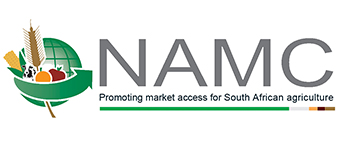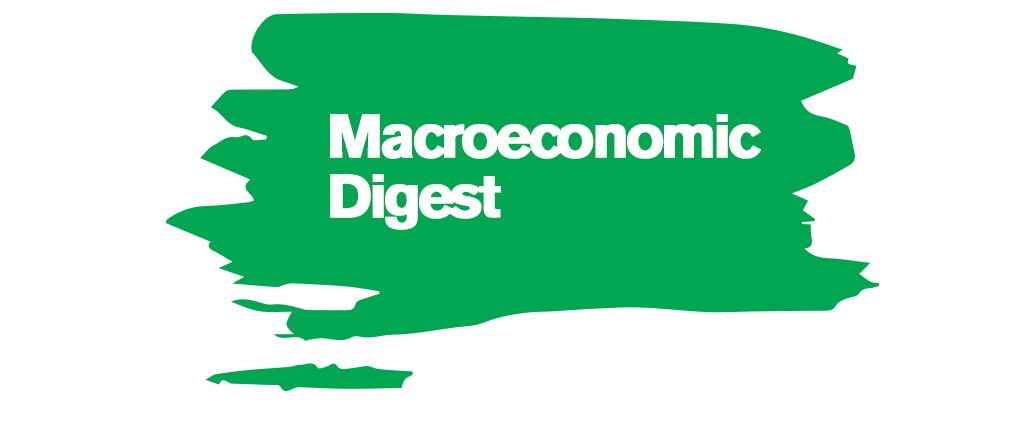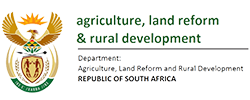Macroeconomic Digest-Volume II-Econ Growth: June 2020
• Real Gross Domestic Product (GDP) and Growth Rates
It is important to note that this GDP data reflects only the first Quarter (January to March) of 2020, before the nationwide lockdown was fully implemented (27 March). South Africa recorded a decline in Gross Domestic Product (GDP) in the first quarter (January-March) of 2020, deepening the recession it entered into at the third quarter of 2019. GDP growth for the first quarter 2020 decreased by 2,0%, marking the third quarter of decline in succession, following a decline of 0.6% in the third quarter (July and September) of 2019 and 1.4% in the fourth (October and December) of 2019.
Agriculture, Forestry and Fisheries (AFF) increased by 27.8% due to good harvest for grains, oilseeds and fruits products including a well performance in animal producing industries. The devaluation of the Rand also boosted agricultural foreign earnings which bodes well with agricultural growth in the first quarter of 2020. Comparing the first quarter of 2019 to the first quarter of 2020, the Agricultural Fisheries and Forestry (AFF) grew by 13.6%.
Crude Oil and the Exchange Rate
Comparing June 2019 to June 2020, y-o-y, the price of crude oil decreased by 40.3% from US$69.69/per barrel to US$41.60/barrel, while the exchange rate depreciated with 19.3% from R/$14.43 to R/$17.22. With much of the world in lockdown as the coronavirus pandemic rages on, demand for oil has fallen off a cliff. People are not travelling and business has slowed, reducing the need for jet fuel and gasoline. In June 2020, the price of crude oil and the exchange rate reached levels of US$41.6/0barrel and R/$17.22, respectively.
Average Prime Interest Rate
The South African Reserve Bank (SARB) assessed the state of the struggling economy, with the Eskom crisis keeping economic activity muted, while business confidence remained weak. The SARB recently decreased the prime interest rate by 0.50 percentage points in May 2020. The SARB’s lending rate changed from 7.75% in April 2020 to 7.25% in May of 2020. According to the Reserve Bank, monetary policy can ease financial conditions and improve the resilience of households and firms to the economic implications of Covid-19. In addition to continued easing of
interest rates, the Bank has eased regulatory requirements on banks and has taken important steps to ensure adequate liquidity in domestic markets. These actions are intended to free up more capital for lending by financial institutions to households and firms. The prime interest rate remains at 7.25% in June 2020.



